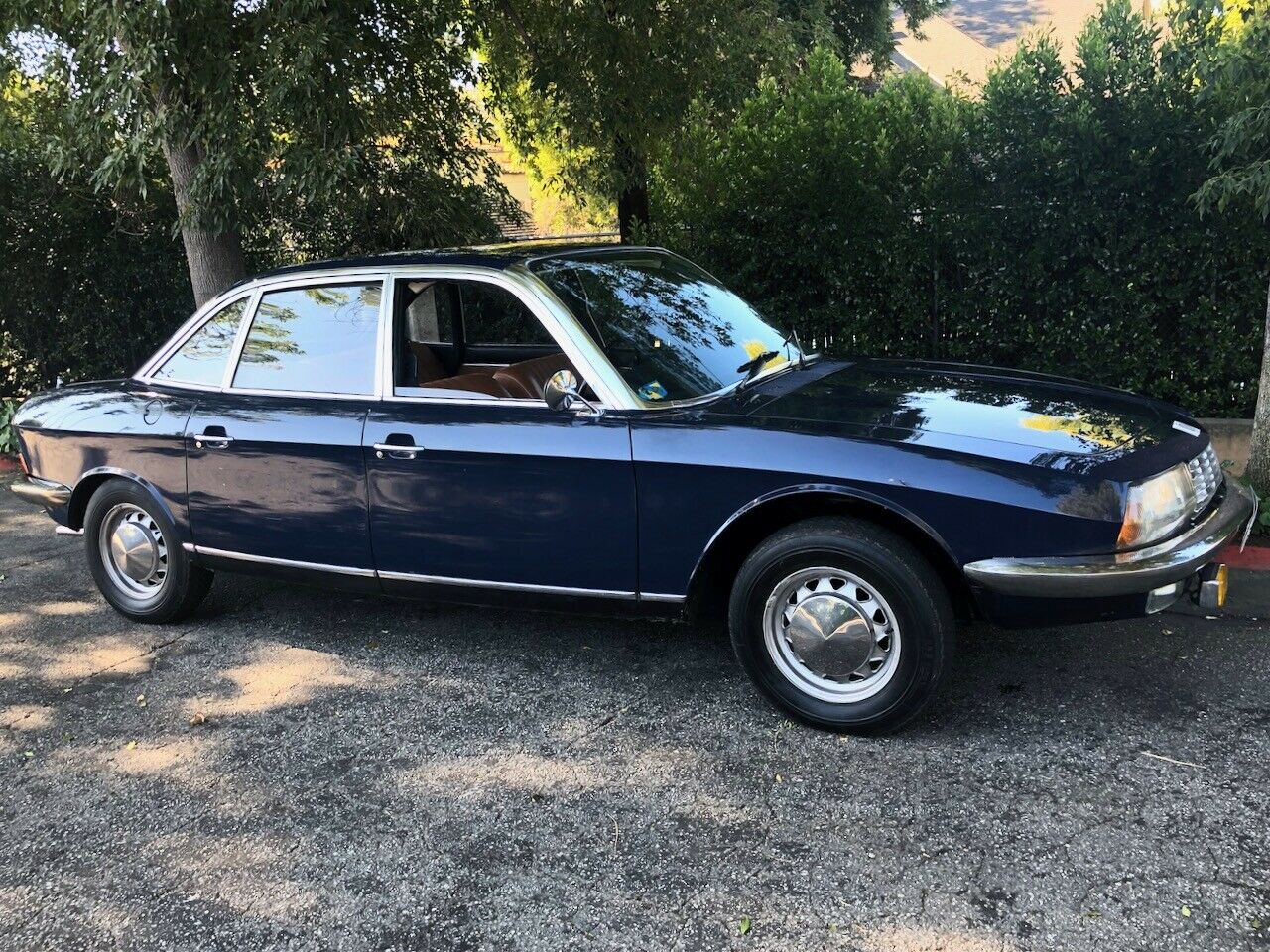The Audi…60? Yep, you read that right. For a short time after the union of NSU-Auto Union and Audi in 1969, Audi launched a series of model names that were in effect slightly reworked DKW F102s from the early 1960s. If they look like older Mercedes-Benz models, you have a good eye – in fact, for a short time Daimler-Benz owned Auto Union, and the F102 had been updated during their ownership from the oddball two-stroke engines DKW utilized to new Mercedes-Benz four-stroke powerplants – the M118, which was unique to Audi’s use and only lasted a short time. With displacements between 1.5 and 1.8 liters, the F103 came in three power outputs initially; 72 horsepower, 80 horsepower, and 90 horsepower – and as a consequence were named the Audi 72, 80, and Super 90. In 1968, the 72 was replaced by the 75, and a new, lower-output version was launched; the Audi 60, which actually only had 54 horsepower. As mentioned these were short-lived cars, because in 1972 the revolutionary Volkswagen EA827 water-cooled motor was used and slotted into every pretty much everything the company produced.
The F103 is thus a strange bit of Audi history, helping to cement the brand’s reintroduction. A bit over 400,000 were made, which doesn’t sound too bad – except that the follow-up B1 chassis sold nearly three times that amount in about the same amount of time. Sufficed to say, these are rare cars to come across today, but a nice-looking ’72 – the last model year for the F103 – popped up in North Carolina. Let’s take a look:








